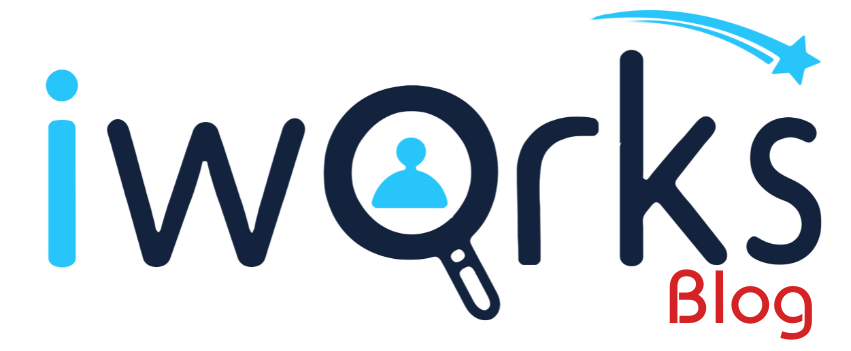
Work/Life Balance for African Freelancers: Time Management and Organization
February 27, 2025
THE CHALLENGES OF FREELANCING AND HOW TO OVERCOME THEM
July 8, 2025Being freelance or creative also means knowing how to sell yourself without giving yourself away. And for many, this involves an essential tool: the portfolio. But creating a compelling portfolio is more than just lining up projects on a web page. It’s about telling the story of who you are, what you can do, and above all, what you want to bring to the world. If you’re wondering how to build a portfolio that really reflects who you are, without getting lost in rigid codes, this article is for you.
Accept that your portfolio will evolve with you
Let’s start with a simple truth: your portfolio doesn’t have to be perfect. It will evolve, just like you. Some days, you’ll be super inspired to work on it, others, you’ll doubt every single line. And that’s okay. The important thing is to lay the first stone.
A good portfolio is not a static showcase: it’s a living record of your career. It can change, enrich and transform itself over time. And above all, it doesn’t have to be a “design masterpiece” to make an impact. It just has to be clear, honest and aligned with you.
Show the essentials, not everything
Maybe you want to show everything to prove what you can do. But the strength of a good portfolio lies in its ability to make choices.
Ask yourself these questions: Which projects really represent me today? Which ones tell a story I want to share? What does this project say about the way I work, create and think?
You don’t need 15 projects to be convincing. Sometimes 3 well-told projects are better than a whole gallery without a soul.
Maintain structure, but remain adaptable
As in freelance life, you need a framework, but a flexible one. A powerful portfolio means: a simple presentation of who you are, well-presented projects (images, context, your role, results), a space where you can be easily contacted. And why not, a more personal touch: a blog, favorites, inspirations.
You can use tools like Notion, Adobe Portfolio, WordPress, or even a well-thought-out PDF. Choose the form that suits you and that you can update without stress.
Speak with your voice
Too often, we see portfolios with fixed, very “corporate” phrases. But if you want your work to reach the right people, speak as you are. With your words. Your voice. Your tone.
You can explain why a project made an impression on you, what you learned, or how you went about meeting a challenge. The human element behind the work is what makes the difference.
Create a space that makes you want to come in
Whether you’re in Africa or elsewhere, your portfolio is often the first door someone pushes before meeting you. And that door has to be welcoming.
No need for frills. Just a legible, well-organized space that reflects your world. And if you live with realities like slow connections, go for light pages, without heavy videos, accessible on mobile.
Testimonials and real-life impact
If a customer has thanked you, if a project has had a great response or a measurable result, share it. Even a small phrase from a colleague can make all the difference. These are proofs of trust and value, far more powerful than long descriptions.

Setting mini-goals
Creating a portfolio can quickly become a never-ending project. To avoid this, go step by step: Day 1, choose the projects you want to present. Day 2, write a simple, sincere bio. Day 3, gather images. Day 4, build the page or document.
Step by step. Without pressure. And above all, remember that it’s not your portfolio that defines you. It’s who you are.
Stay connected to your network
Your portfolio doesn’t live on its own. Remember to share it: on your professional networks, in your prospecting emails, or simply when someone asks you, “Do you have an example of what you do?”
You don’t have to wait for it to be perfect. What matters is that it opens up a conversation.
In a nutshell…
Creating a powerful portfolio is a personal process, not an imposed exercise. It’s about choosing what you want to show, how you want to tell it, and who you want to tell it to. And above all, it’s about daring to present yourself as you are, without hiding behind standards that don’t suit you.
Take your time, do it with kindness, and remember: the most beautiful project you present is your journey.
How did you build your portfolio? What difficulties or pride have you encountered? Share your experience in the comments. We can all learn from each other.




